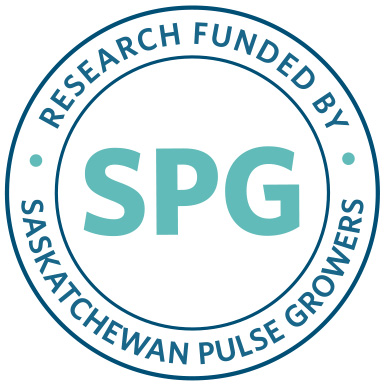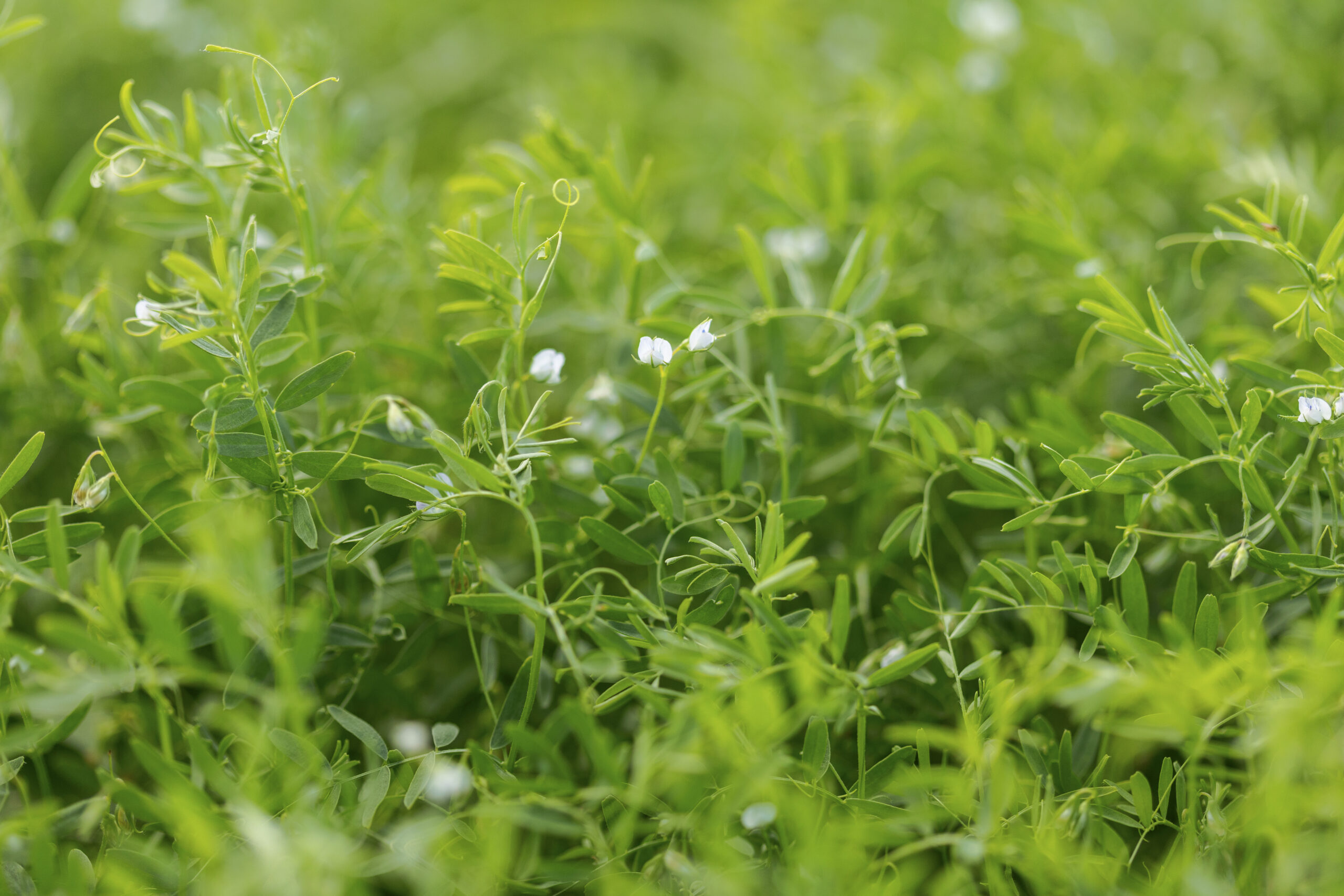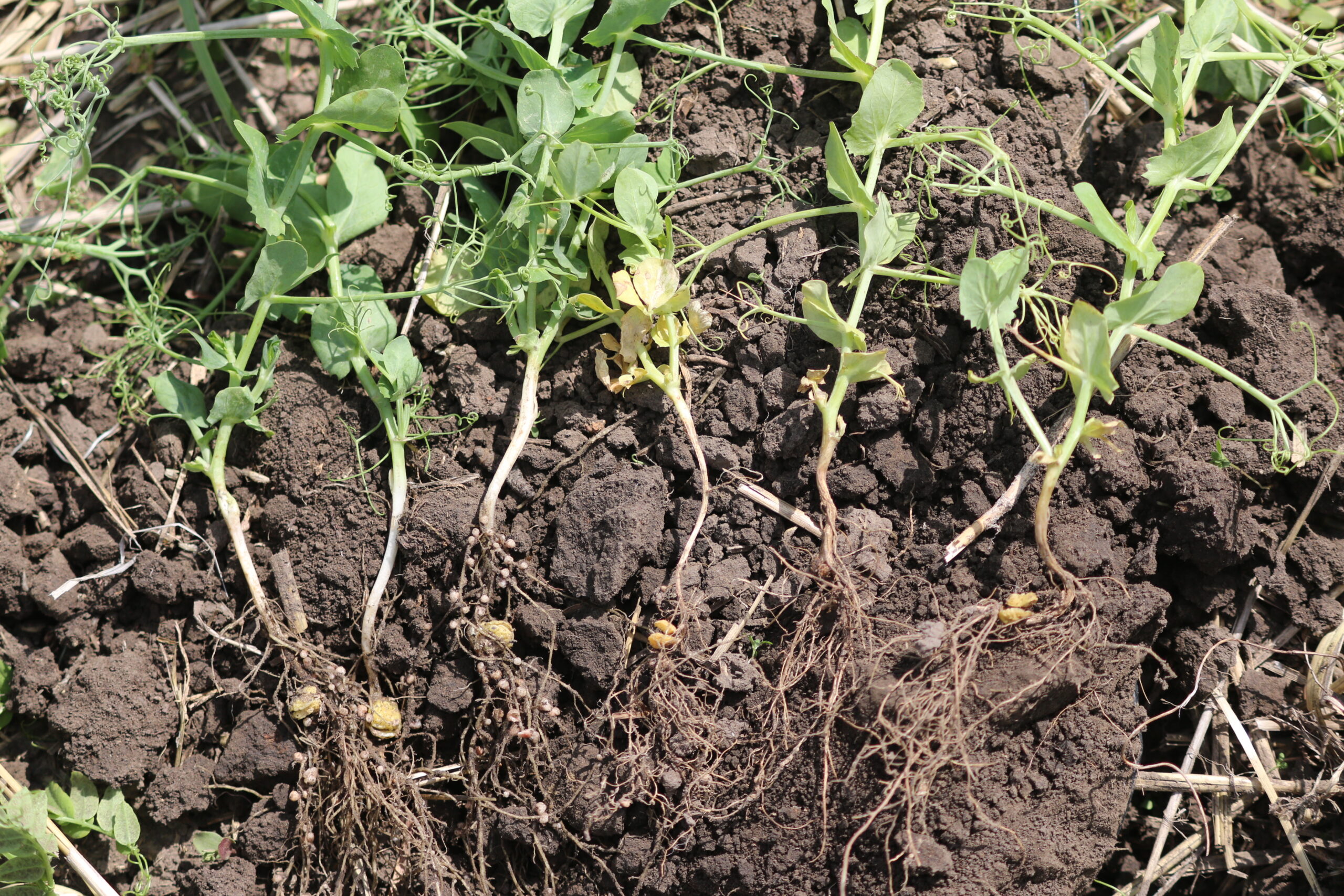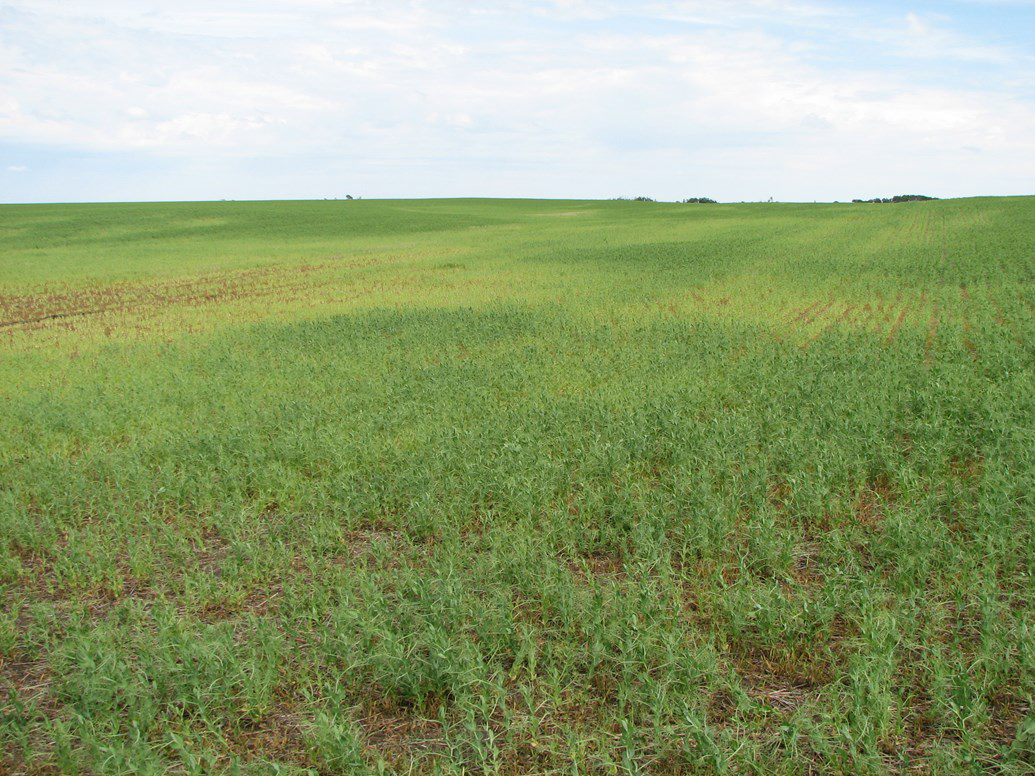Peas and lentils are Saskatchewan’s most widely grown pulse crops. For the last decade, market demand for these two crops has helped expand acres and production at a rapid rate. Expansion of pulse crop options have brought more growers to the table, as they look to add diversity to their crop rotation. The quest for best agronomic practices and new research into how to boost yields and improve crop health is important.
“We know that yield comes from the number of seeds per acre, which is a function of the number of plants in the field, the number of pods per plant, and the number of seeds per pod,” says Sherrilyn Phelps, Agronomy Manager with Saskatchewan Pulse Growers (SPG). “We know that getting a good plant establishment is a function of seeding rates, but growers should also pay attention to their seed quality, how they handle their seed, and the environment that they are planting seed into.”
Along with seeding rates, seed quality, and seed handling, Phelps acknowledges that plant health through nutrition is one of the next important areas that growers should focus on.
“Pulses do require nutrients to maximize growth and yield,” says Phelps. “Approximately 80-90% of the nitrogen requirements can come from nitrogen fixation in pulses, which is important for crop growth, yield, and protein.” Phelps also mentions that you should pay attention to the macro nutrients such as phosphorus, potassium, and sulfur as part of a balanced fertility program for pulse crops.
Table 1. Nutrient Removal Rates (pounds per bushel).
| Crop | Nitrogen | Phosphorus | Potassium | Sulphur |
|---|---|---|---|---|
| Peas | 2.3 | 0.7 | 0.7 | 0.3 |
| Lentils | 2 | 0.6 | 1.1 | 0.2 |
| Chickpeas | – | 0.36 | – | – |
| Faba Beans | 3 | 1.2 | 0.9 | 0,1 |
| Soybeans | 3.8 | 0.85 | 1.4 | 0.2 |
| Canola | 1.6 | 0.8 | 1.4 | 0.25 |
| Wheat | 1.5 | 0.57 | 0.33 | 0.1 |
Jessica Weber, General Manager with the Western Applied Research Corporation (WARC) has been conducting research into the best combination of inputs that can be used on peas and lentils to improve yields at harvest.
“Yield response to individual inputs are often measured in research or on- farm trials, but it was less understood on how a combination of multiple inputs could interact and affect yields,” says Weber.
Weber and her team examined inputs such as seeding rates, foliar fungicide, seed treatments, granular inoculant, and starter fertilizer, in an effort to determine which individual agronomic inputs contributed to pea yields, as well as which combinations of the inputs would produce the biggest seed yield and economic return.
“Higher seeding rates, foliar fungicides and granular inoculant were the three inputs which consistently increased pea seed yields and economic return, especially when applied all in combination,” says Weber.
Based on the pea input study results, WARC and SPG proposed doing a similar input study with lentils. This study considered seeding rates, fungicide treatments, and herbicide management practices to best understand how to improve lentil seed yield and provide the best economic return.
“The results are preliminary but the general trends that have come from this study demonstrate that increased seeding rates along with residual herbicide use, helped establish lentils early in the growth cycle,” says Weber.
Armed with the knowledge that Weber has gleaned on crop inputs and their success on peas, she has been conducting research into Aphanomyces root rot on peas, and trying to protect yield in infected fields through focusing on various combinations of trifluralin, starter fertilizer rates, seed treatments, and foliar nutrient applications.
“Aphanomyces euteiches is an important disease of peas. We know that there are cultural and chemical controls available to reduce the adverse impact of this disease on root development, growth and yield, but none of these practices when used individually are highly effective,” says Weber. Her research will examine using multiple control strategies to limit the effects of Aphanomyces to evaluate effectiveness to improve pea root health.
Research such as WARC’s work on root rots has important implications for pulse crops, crop rotations, and agronomic recommendations moving forward.
“Research has shown in the short-term we can get away with a 2-3 year rotation with pulses, but grower experiences with root rots have proven that this is not sustainable over the longer term,” says Phelps. “As both peas and lentils are equally sensitive to Aphanomyces, the current recommendation is to try and get the pathogen levels in the soil to diminish over time through longer rotations.” Phelps notes that ideally growers should keep 6-8 years between successive pea and/or lentil crops to help reduce the incidence of root rot.
If you are interested to hear more about ways to maximize your pea and lentil yields, join Sherrilyn and Jessica for their presentation on Maximizing Yields in Peas & Lentils by Optimizing Agronomy, next Tuesday, January 14 at 11:30 a.m. at TCU Place, as part of the CropSphere 2020 conference.

Published January 2020



